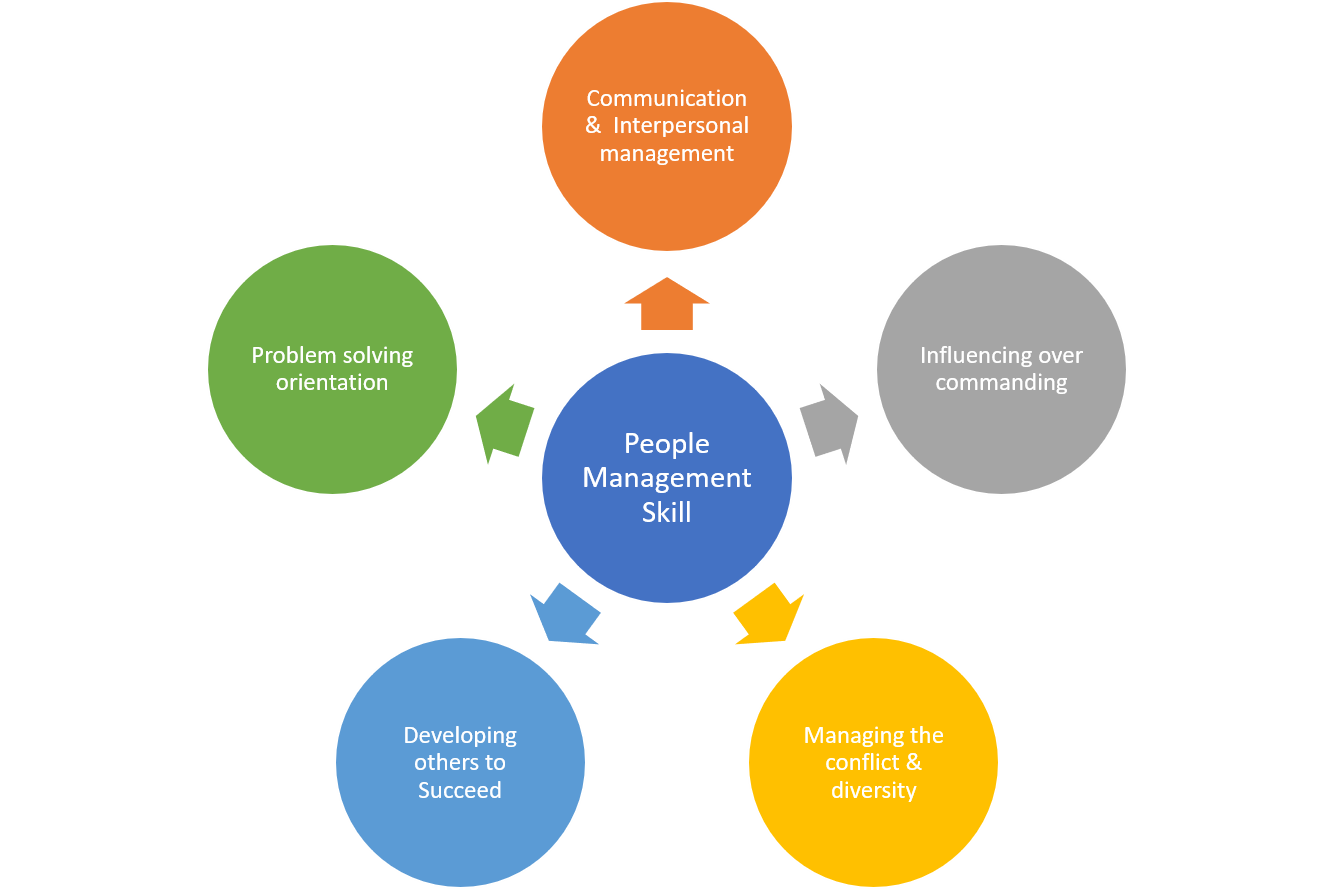Need for Trust Building in a professional environment
(Execution Excellence -"Ability to get things done" Series)


Having discussed the definition of building trust in a professional environment last week, let us understand the need for building trust to get things done.
Trust is an essential evergreen quality in any relationship in the workplace, and it can be between a boss and junior colleagues or among colleagues.
Need for building Trust
1) When we have trust in something or someone, it indirectly enhances influencing power to get things done.
For example, when we want to purchase something online, we prefer AMAZON over any other new, unknown e-commerce portal. We have more trust in the amazon brand, which influences the transaction ( things getting done).
In the same way, if we trust someone ( they earned their trust from us), they have more power over us to get things done.
The point is to influence anyone in the professional environment; the primary ingredient is building trust in character, competency, or both.
2) And today's change in the working environment calls for influencing rather than commanding, which indirectly demands trust building.
The workplace relationship is changing from commanding to inspiring to get things done.
The change could be due to social changes, affordabilities, and opportunities compared to the past. Earlier, people look up to someone for knowledge, information, age, and experience they possess. Now with the abundance of information available thanks to digital evolution and humungous opportunities across the world for survival and growth, people are no more looking up to someone for the reason stated above.
Instead, people are now looking up to someone for their wisdom, insights, mentoring, or solution-providing capabilities for specific challenges. When someone demonstrates consistently, trust is built, and they become inspired and an influencer. They can get things done relatively easier than others.
For any one-time transaction or short-term benefits, commanding or pushing may help to get things done. Building trust is required if you are looking for a long-term association, positively influencing others to get things done, and peaceful transaction between you and others.
You shall deserve yourself as a person to look up to only when you develop yourself and you are proven as "TRUSTED "by your colleagues or networks.
In the above context, trust-building becomes essential.
Let us discuss the approaches for developing trust-building next week.
Have a great week ahead.
Trust is an essential evergreen quality in any relationship in the workplace, and it can be between a boss and junior colleagues or among colleagues.
Need for building Trust
1) When we have trust in something or someone, it indirectly enhances influencing power to get things done.
For example, when we want to purchase something online, we prefer AMAZON over any other new, unknown e-commerce portal. We have more trust in the amazon brand, which influences the transaction ( things getting done).
In the same way, if we trust someone ( they earned their trust from us), they have more power over us to get things done.
The point is to influence anyone in the professional environment; the primary ingredient is building trust in character, competency, or both.
2) And today's change in the working environment calls for influencing rather than commanding, which indirectly demands trust building.
The workplace relationship is changing from commanding to inspiring to get things done.
The change could be due to social changes, affordabilities, and opportunities compared to the past. Earlier, people look up to someone for knowledge, information, age, and experience they possess. Now with the abundance of information available thanks to digital evolution and humungous opportunities across the world for survival and growth, people are no more looking up to someone for the reason stated above.
Instead, people are now looking up to someone for their wisdom, insights, mentoring, or solution-providing capabilities for specific challenges. When someone demonstrates consistently, trust is built, and they become inspired and an influencer. They can get things done relatively easier than others.
For any one-time transaction or short-term benefits, commanding or pushing may help to get things done. Building trust is required if you are looking for a long-term association, positively influencing others to get things done, and peaceful transaction between you and others.
You shall deserve yourself as a person to look up to only when you develop yourself and you are proven as "TRUSTED "by your colleagues or networks.
In the above context, trust-building becomes essential.
Let us discuss the approaches for developing trust-building next week.
Have a great week ahead.



